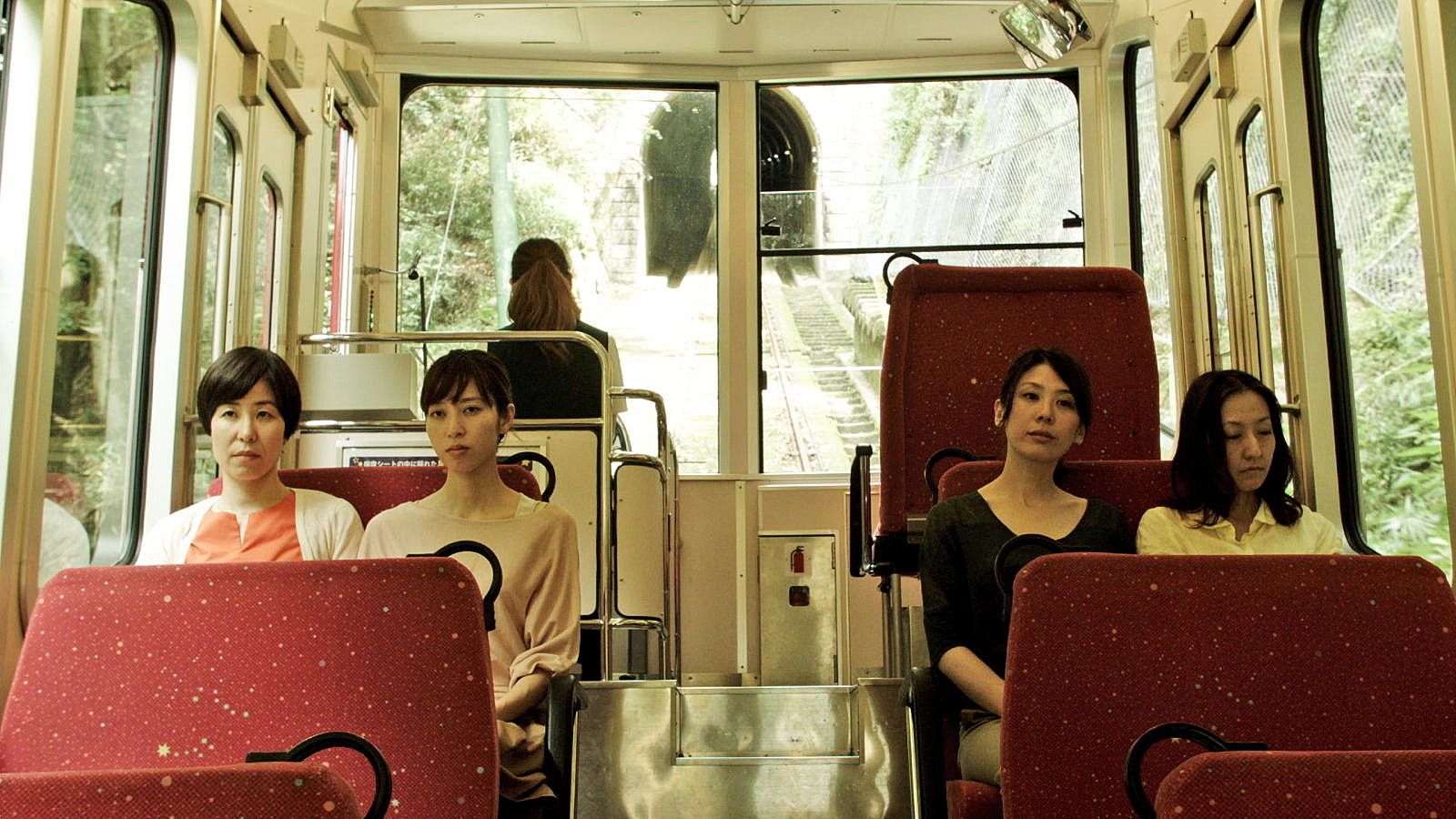Review: Happy Hour
Brannavan Gnanalingam on a 5.5 hour film that doesn't outstay its welcome.
At a whopping five and a quarter hours long, it would be easy to draw comparisons between Hamaguchi Ryusuke’s Happy Hour and the longer formats of television or novels. This year’s New Zealand International Film Festival standouts – Sieranevada and Toni Erdmann - push towards three hours, and in each, small stories are presented with dynamic camerawork or a fluid use of time and space. In other words, the stories are presented only as film can do. Happy Hour is a much quieter film – yet it’s similarly ‘filmic’. It may seem self-evident, given its length, to say that the film took its time to tell its story. However, the way it uses both time and space to present its simple narrative is more savvy than it is pedestrian, the end result unbearably emotional.
Fumi, Jun, Sakurako, and Akari are four friends in their late thirties. One is divorced, but the rest are trapped in unhappy marriages. Early international reviews have compared the film’s premise to Sex and the City, but the narrative does not unfold in any recognisably sitcom way. A closer point of comparison – admittedly a novel – would be Elena Ferrante’s Neapolitan series. Similar to Ferrante’s masterwork, which tracks two girls from childhood to adulthood, the film examines in a particularly raw way the push-pull nature of close friendship.
The film’s focus is established by a very lengthy sequence in which the characters attend an artistic seminar. Here, the narrative almost stops for nearly an hour, and the camerawork is distant. At the seminar, the participants have to find their physical “centre”, taking tips from an artist who made art out of debris from the 2011 Tōhoku earthquake. Once the participants find their “centre”, they have to sit in a circle, and use this newfound centre to try to stand up collectively (it sounds more complicated here than it is presented in the film). The film then unfolds in a way in which each woman tries to find her own centre – and bring the others up in the process.
An undercurrent of tremors stalks the narrative. The film is set in Kobe, similarly destroyed by an earthquake in 1995. The steep hills of the city and its geothermal springs form visual fault-lines that the characters have to navigate (the opening shot is the women ascending a steep mountain via cable car), while a key centrepiece takes place at hot pools. The characters’ interactions are almost geologically fraught - a small, sudden shake in one person’s life has a major effect on another’s. Patiently and persistently, Happy Hour shows how self-realisation can come at the expense of other people.
While the art seminar scene – and a similarly lengthy book reading scene towards the end – are each icily handled, Hamaguchi’s camerawork is intimate when examining the friendships themselves. A couple of notable scenes involve the characters sitting at tables. Adopting a technique used by the great Japanese director Yasujiro Ozu (Tokyo Story), Hamaguchi puts the camera in the centre of a conversation, letting the characters talk face-on to the camera. This technique, while breaking established continuity editing rules, places the viewer as both a voyeur and a participant. It allows the viewer to feel like they’re part of the friend group.
Hamaguchi’s visual approach is wider than that, though, and he is assisted by the episodic nature of the narrative. He picks and chooses his editing for each scene. While that could have resulted in a messy aesthetic, this approach instead allows Hamaguchi to add an extra layer to each scene through that particular scene’s camerawork and editing. The scenes play with duration, lasting as long as is needed to tell the wider story. Given Hamaguchi’s relative lack of time constraint, it doesn’t matter if it takes one hour or twenty seconds for a scene to play out. A simple wave from a moving ship works just as effectively as a lengthy conversation. The director also trusts his audience by using off-screen space and ellipsis (particularly Jun’s narrative). The end result is a strange kind of economy, in which not a single scene is wasted or unnecessary, a rare feat for something of this length.
All of this results in a film that perfectly captures the ebbs and flows of everyday life. Combined, the cast of non-professionals and Hamaguchi’s visual intelligence do a superb job in making the characters feel real. By the end of the five and a quarter hours, Hamaguchi has achieved something quite remarkable: you feel like you’ve been let in for too short a time, but you know them as well as any good friend.
For the rest our our NZIFF coverage, saunter here.

